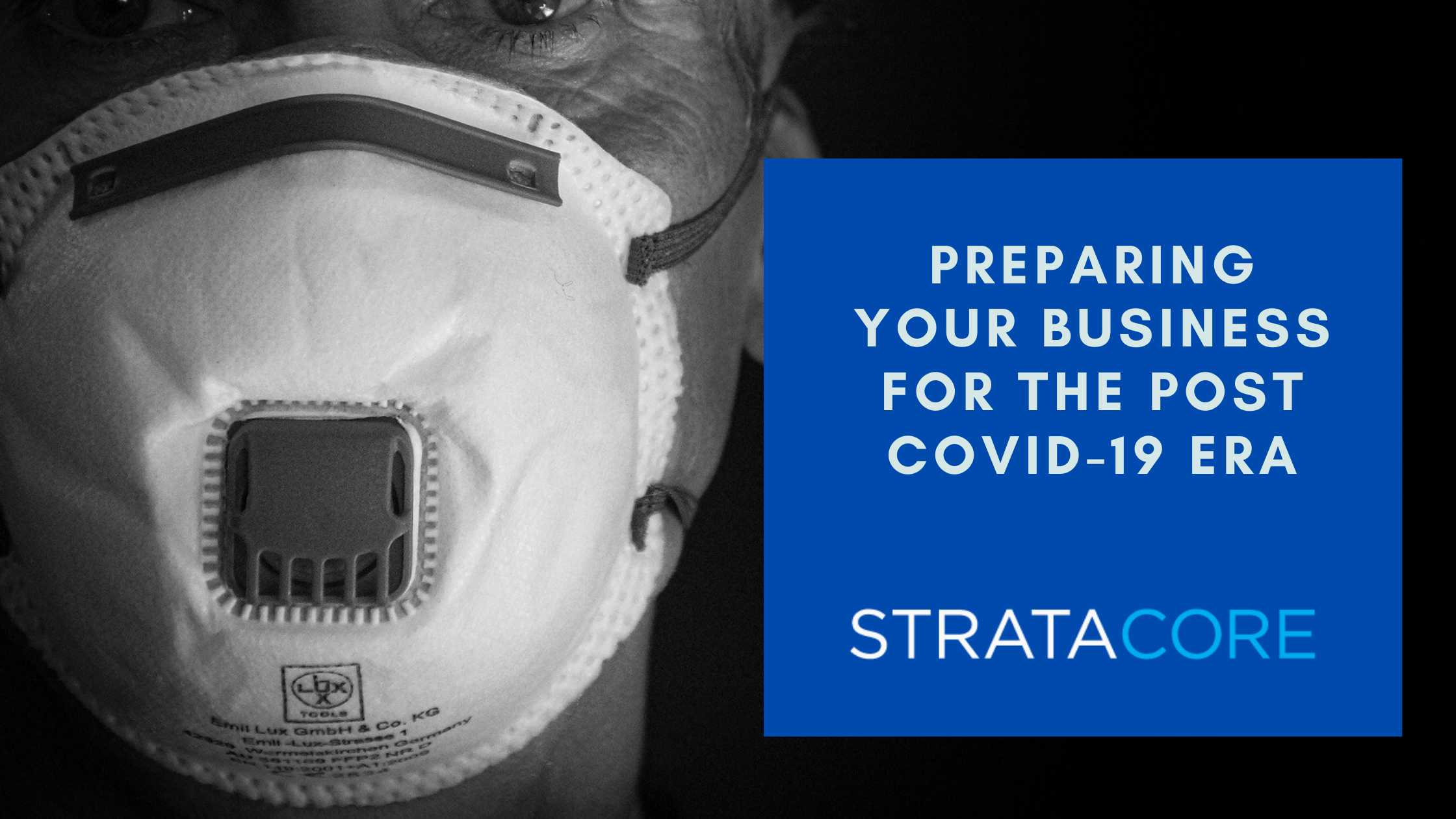When the first COVID-19 vaccine appeared, we all began to see the light at the end of the tunnel. Finally, one of the toughest stages in human history seemed to be over.
However, the numbers of positive COVID-19 cases around the world after the New Year holidays played a bad joke on us again. People were still being affected, and even news of the emergence of variants of the virus seemed to become increasingly frequent.
Now, hospital cases are again declining and again the same question that has been swirling around in our heads since the start of the pandemic arises, “What will happen after the pandemic?”
While many companies adapted easily to cope with the pandemic, there were others that have not stopped suffering not only because of factors such as their type of industry, where remote work may be more complicated. But also because of other details such as the lack of a coherent and human leadership, a weak corporate culture, poor communication, among others.
And regardless of whether your company managed to adapt or not, we cannot avoid the next big challenge: “Life Post COVID-19“.
How to prepare your organization for the challenge of Post COVID life?
Companies that embraced digital transformation a few years ago have emerged with flying colors, others are still reconfiguring, and still others are no longer here.
To avoid falling into a new compliance trap in your organization, you should at least consider implementing the following measures:
Think about remote life integration.
Organizations will be left to organize their employees after the pandemic.
This new task will start with deciding who stays at home, who goes to the office, who will have a mixed scheme, as well as planning how this scheme will be implemented on a permanent basis.
We cannot deny at this point that technology will continue to play an essential role, so you must keep abreast of the best technological solutions for your organization.
However, there is another point to consider – You have to be fair in organizing your employees.
By spending many months under a remote work format, it is possible that the mood of your employees may have changed regarding the idea of returning to the office. The best thing to do is to be as transparent as possible when organizing your staff.
It’s time to enhance the culture of your organization.
A company’s culture is a particularly important part of what candidates are considering when they review their employment options.
After the pandemic, flexibility will be one of the points to keep in mind for professionals looking for a job.
However, the level of demand for this new talent may not only be flexibility, but also other important points such as work environment, camaraderie, and an appealing organizational culture.
Think about revenue recovery.
Currently, it is necessary to identify and prioritize revenue sources. Once identified, companies will need to act accordingly. Whether it’s launching campaigns to win back loyal customers, developing more secure customer experiences, adjusting pricing or training employees to sell remotely.
To the extent that companies recognize all these changes, they will also be able to identify potential threats. And in doing so, they will be able to plan for the short, medium, and long term.
Establish a mechanism for communicating positive information to employees, customers, and suppliers
It is necessary to maintain fluid communication with both internal and external audiences, as well as to strengthen customer services. This will prevent negative public opinion.
At the same time, the information system established in the company should be used to collect, transmit and analyze information on epidemics and issue immediate risk warnings.
Maintaining the physical and mental well-being of employees
It is advisable for companies to establish vacation and flexible work mechanisms, using the technical and technological means available to establish non-face-to-face working methods during extraordinary periods.
In addition, the company should establish a system for monitoring the health of employees and keep personal information on their health with total guarantee of confidentiality.
The company should ensure the safety of working environments by cleaning and disinfecting these spaces, complying with the hygiene management requirements of national and regional public health authorities for periods of serious infectious diseases.
The company must strengthen epidemic safety education, establish proven employee self-protection guidelines, and increase awareness of safety and risk prevention.
Shift from just “doing digital” to “being digital”
“Doing digital” is different from “being digital.” The former is where many companies are currently located.
For example, they are implementing analytics on customer data or giving access to work email through personal cell phones. Some more developed ones have thought systemically about certain functions or technologies, putting a leader in charge of security and/or integrating certain data into the supply chain.
On the other hand, “being digital” is about reorienting the business, i.e. making innovation part of daily life, becoming a tool for responding to change and the ability to execute it easily and quickly.
It also seeks that decision making is based on data, incorporating the company’s thinking, and ensuring an agile operation. So being successfully digital means integrating digitization in a way that covers the end-to-end value chain.
Establish emergency decision-making teams.
Every organization should have an “Emergency Response Team” that sets the strategy and sets the objectives of the emergency plan, ensuring that decisions are made as quickly and accurately as possible.
This group should also evaluate the strengths and weaknesses of the company and its professionals to adjust processes in times of crisis. This is undoubtedly a critical point before the start of the Post COVID life.
How are you preparing for the Post COVID era?
The actions you put into practice now will have an enormous impact in the performance of your organization in the future. As the pandemic was a surprise for everyone, the post-pandemic time will also have its ups and downs for organizations.
The best piece of advice for any organization is to start thinking ahead of time. The pandemic influenced the behavior of people, and it is something that we can’t afford to ignore.
But it all depends on you.
What are you doing to ensure your grow when the pandemic ends?




